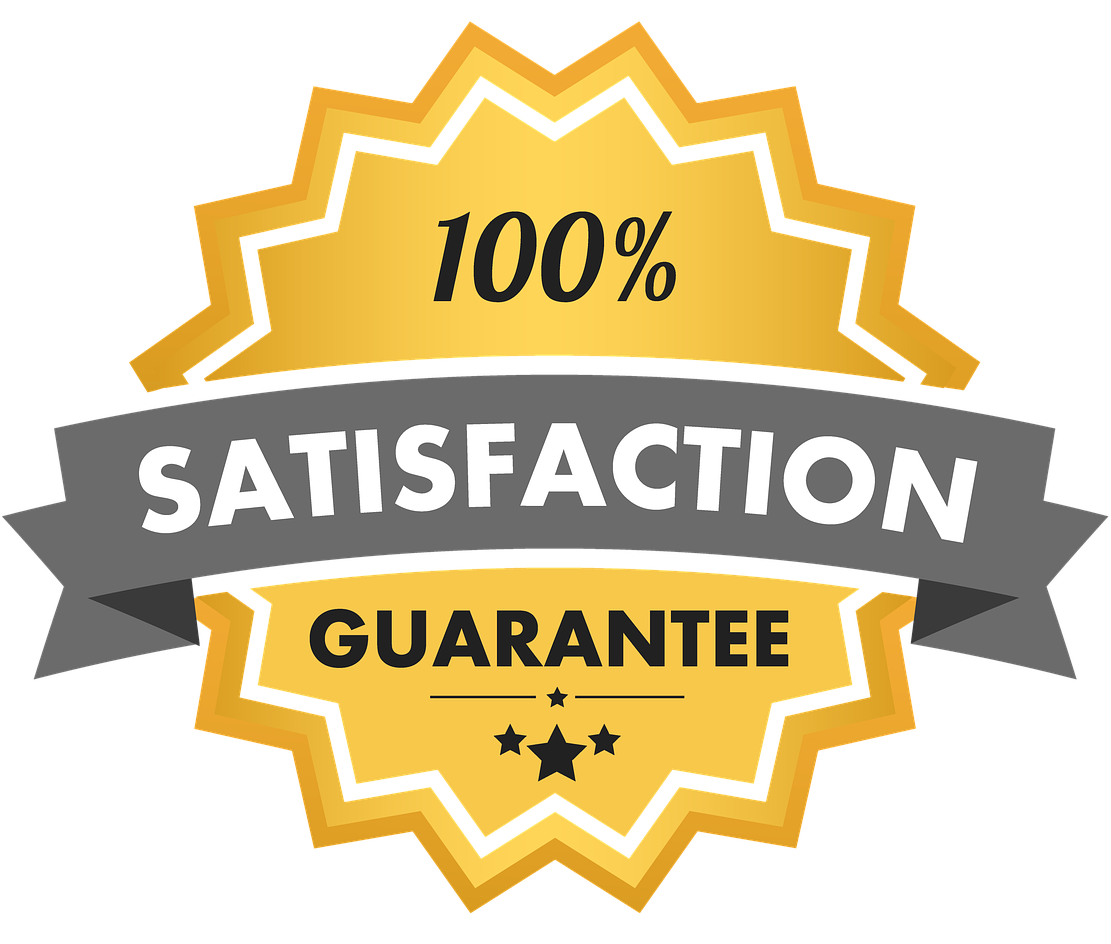The Open Group Related Exams
OGEA-103 Exam







The OGEA-103 Exam delves into the full TOGAF Standard, encompassing topics across the entire Architecture Development Method (ADM). This includes:
CertsTopics offers up-to-date OGEA-103 exam dumps, practice tests, and detailed questions and answers in PDF format, providing everything you need to pass the Enterprise Architecture certification exam on the first attempt. Our OGEA-103 study materials are easy to purchase, just add to cart and proceed with payment for instant access.
Consider the following descriptions of deliverables consumed and produced across the TOGAF ADM cycle.
General rules and guidelines, intended to be enduring and seldom
amended, that inform and support the way in which an organization sets
about fulfilling its mission
The joint agreements between development partners and sponsors on the
deliverables, quality, and fitness-for-purpose of an architecture.
A document that is sent from the sponsoring organization to the
architecture organization to trigger the start of an architecture
development cycle
A set of quantitative statements that outline what an implementation
project must do in order to comply with the architecture.
Which deliverables match these descriptions?
1 Architecture Principles -2 Architecture Contracts - 3 Request for Architecture Work - 4 Architecture Requirements Specification
1 Architecture Contracts - 2 Architecture Requirements Specification - 3 Architecture Vision - 4 Architecture Principles
1 Architecture Requirements Specification -2 Architecture Principles - 3 Architecture Vision - 4 Architecture Contracts
What is an objective of the ADM Implementation Governance Phase?
Which of the following best describes the Standards Library?